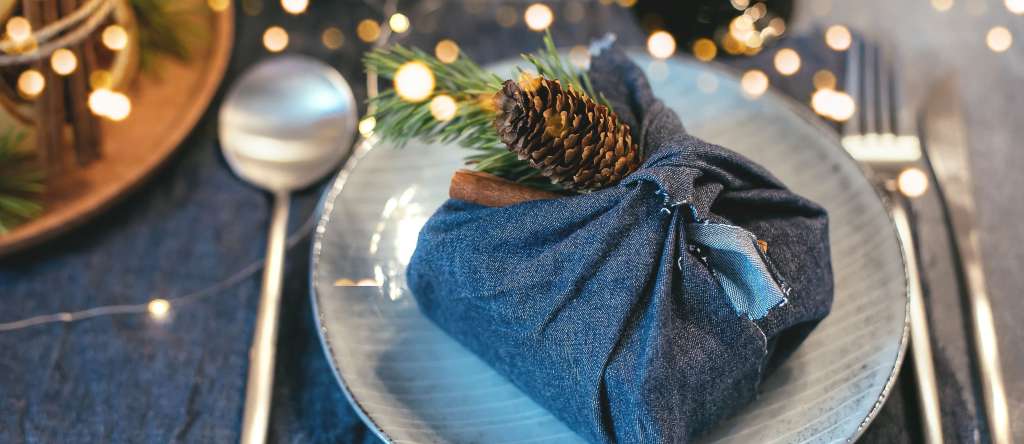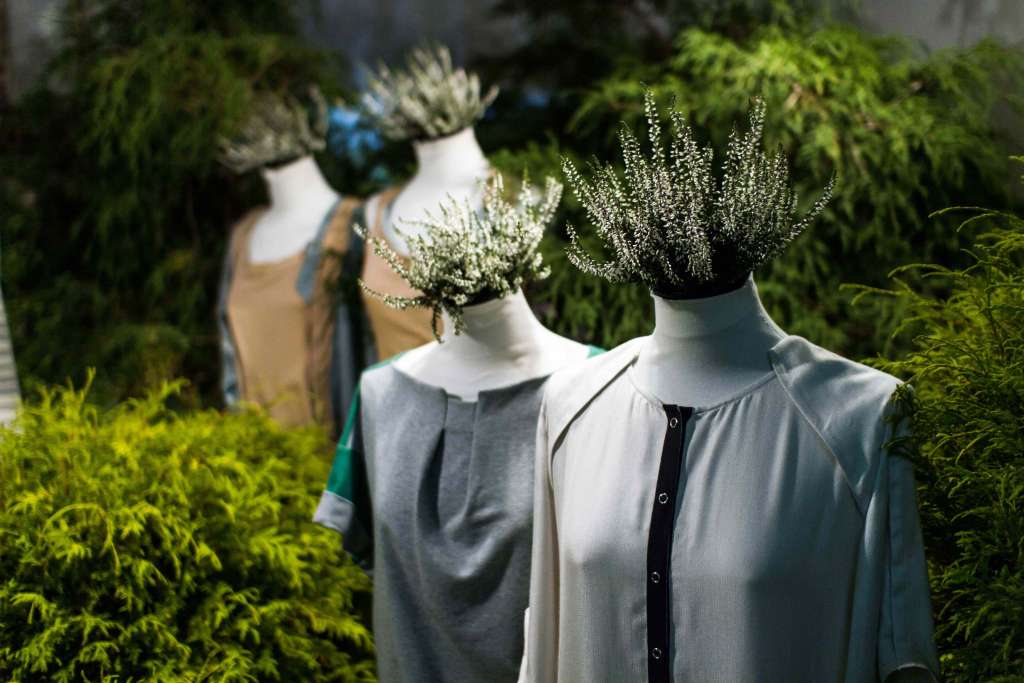Circular Economy for the Fashion Industry: Use of Waste from the Food Industry for the Production of Biotextiles



Summary: One of the biggest downsides of both fashion and agriculture is that the industry is known for leaving an enormous carbon footprint. With a regenerative circular system approach, here's how your brand can make a positive change. Biotextile could be the answer to the problem created by the fashion and agriculture industries.
Year after year, the climate is getting thicker with questionable circumstances. In fashion, the conversation of taking responsibility for socioeconomic and environmental changes has become synonymous with sustainability. If you're ambitious to carve a niche in sustainability, rethinking the production model with waste management will lead you to the right path in every manner.
Dealing with residues and food waste to make biotextile can be a refreshing route in the pursuit of slow fashion, although it springs from the same agenda of upcycling and recycling. The fabric glossary is trying to catch up with these remedial ways to solve the extent of the threatening carbon footprint that fashion has a bad reputation for. To create a sustainable brand, conserving and incorporating biodesign can be a viable option.
Need of the hour
Learning new interpretations of biotextile depends greatly on artisan groups, weavers, and craftspeople to translate your vision. Access to ecological fabric isn't as flowing as it needs to be for the circular fashion economy to take center stage. Seeing the consequences of chemical use, water, and energy wastage in fabric production will help you to put a plan into action and gravitate toward ecological fabrics.
Natural dyes have been put into use to color clothes for nearly 5000 years, but the antithesis of fast fashion and mass production left the technique behind. With a lot of sustainable fabric-producing techniques falling into oblivion, the admiration of culture and heritage among sartorially enlightened consumers is a positive nod for brands to return to ancient techniques and natural forms of fashion.Understanding the circular economy in the fashion industry
Artisans perpetuating handmade techniques can make it possible for you to reach your ethical goals and nurture the growth of the circular economy in fashion. Operations in your textile production can be made sustainable and nature-friendly even by leveraging technology. Introducing high-value fabrics with the use of eco-fibers made from renewable agricultural residues has the potential to define your brand as a pioneer of the circular fashion economy.
Transforming your fruit bowl into fashion
Crafting fabric from biodegradable banana fiber that would otherwise go to waste can be the answer to combatting climatic circumstances. Who knew food waste like orange peel, rose petals, and coffee grounds can be an antidote to fast fashion? From being wasteful to making optimum use of waste, you can start by embracing everyday resources and handcrafting something wearable.
Waste generated from sugarcanes, pineapples, and betel nut husk can be potent beneficial resources to create pro-nature fabrics. That said, a veritable range of agricultural waste can replicate the feel of any machine-made fabric for your sustainable collection. The upward indulgence in fashion needs to be redirected to reducing landfills and creating something valuable wardrobe essentials that do not flout environmental balance.
Turning food waste into fabric
With new style statements being introduced season after season, fashion is perceived as an "extravagance." Pursuing a path that works with nature and not against it can play a major role in reducing carbon footprint. Describing the options of fabrics made in natural fiber, their feel, look, and unique properties will help consumers understand how it is kinder to people as well as the planet.
Unraveling the types of biotextile

Different parts of a vegetable or fruit like stalk, seeds, leaves, and peel can be used for creating biotextile.
Adapting new textile chain
Modern technology offers umpteen ways to create a circular economy in fashion by recycling various parts of plants, fruits, and vegetables. As the wheels of fashion keep turning, it will only end up consuming the majority of its carbon footprint in the coming years. Choosing ethical practices that minimize waste and make use of limited resources will help us gravitate to a circular fashion economy.
Translating your vision into a successful fashion brand requires nifty flair and expertise in design, production, marketing, and distribution. Fashinza is an AI-driven platform that allows emerging as well as established brands and labels to simplify creation, logistics and delivery, all with a help of a user-friendly app! Partnering with Fashinza will have all the leading manufacturers and suppliers just a few clicks away, letting you translate your vision into reality.


















